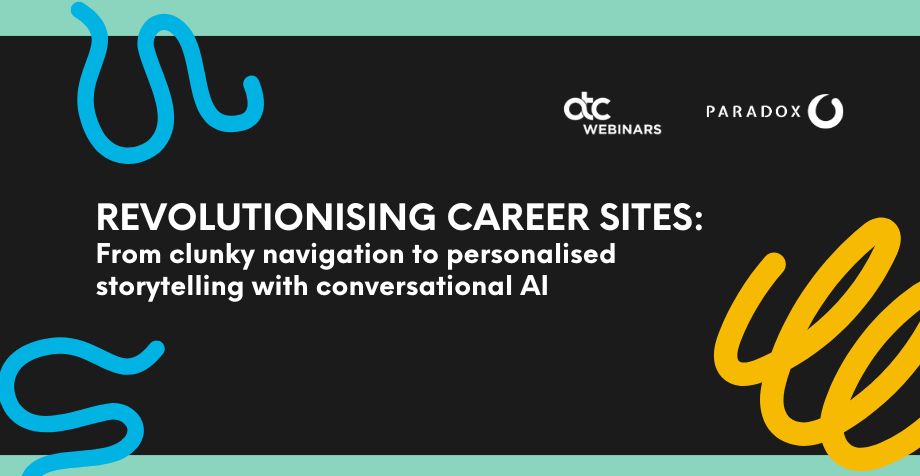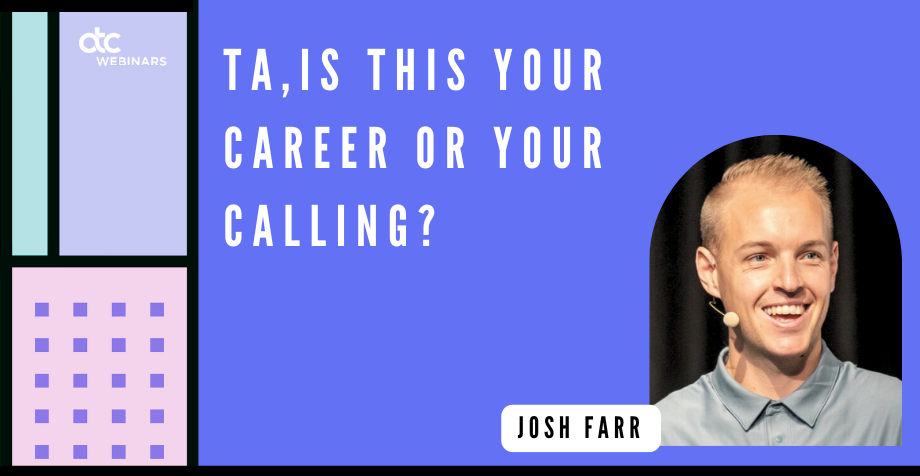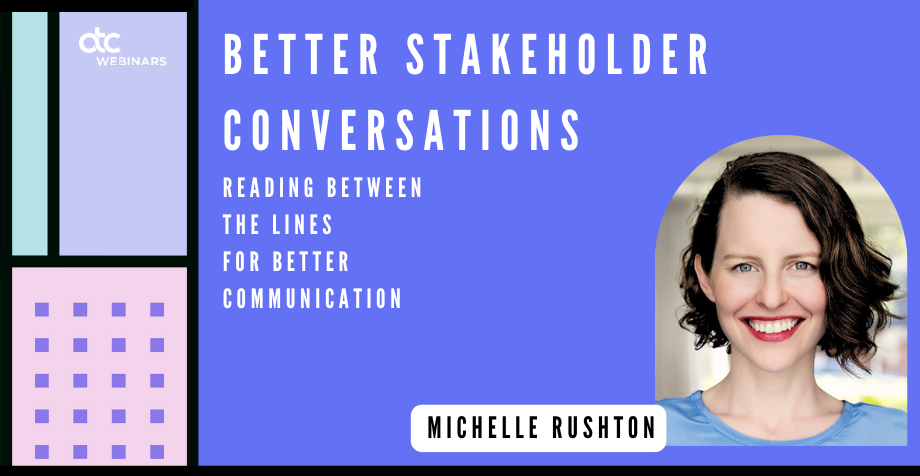In a difficult talent market recruiters need to be clever about how they source their candidates. And when you’ve got a workforce of dedicated, experienced, and well-connected workers, why not tap into those networks?
During our webinar, Successful Employee Referral Programs, (which took place in June 2022) we sat down with Neil Gunning, Group Head of Talent for NextGen & Frollo (280 staff), Pea Lord-Doyle, Global Head of TA & Talent Operations at Immutable (250 staff) and Olga Barrett, Senior Leader TA at EPAM System (57,000 staff) to discuss what’s working (and not working) for their employee referral programs, and what other talent teams could learn when looking to implement a successful employee referral program.
If you’re still in the early stages of your referral program or are looking to enhance your existing program, here are 4 key things that you should consider.
1. Higher rewards don’t always make for a better quality referral
When polled, 65% of the audience identified that they had some sort of employee referral process in place that rewarded referrers with cash rewards, with individual reward fees ranging from $350 right up to $15,000. However, the panel questioned whether a higher cash reward would bring in a higher quality of referral.
Immutable’s Pea Lord-Doyle says that while they have quite high referral fees on offer in a mixture of Australian dollars and cryptocurrency with up to $15,000 being offered for diverse hires, they are finding that larger rewards don’t always yield better hiring results.
“It’s tracking that the amount on offer doesn’t actually result in a better hire, however we don’t have enough data so we still need to do lots of testing in this area.”
Frollo’s Neil Gunning said that Pea’s experience is in line with global trends. “Global data generally shows that the size of the referral fee beyond a certain point doesn’t actually make too much of an impact on the quality of hire.”
2. Consider non-cash rewards
Epam Systems runs three separate referral programs – an internal program, an external program, and an affiliate/social media program – and there are different rewards assigned to different campaigns. TA manager Olga Barrett says that the diversity of rewards can be a key element incentivising people to make referrals, depending on the type of role and geography at play.
“It’s up to individual TA leaders to decide what bounty they want to apply to individual roles (within their budget). So it could be a car, or a staycation, or a virtual reality set. Whatever fits a particular country or audience.”
Olga also says that it’s matter of finding out what motivates their people. With this in mind they have introduced gamification into their referral program via a points system, where people can log into an online portal and choose their reward from a variety of products with the points collected from referrals they make, such as an Apple Watch, Airpods, a Nintendo Switch, or other types of swag.
Audience members turning in shared stories about how they reward referrals with Uber vouchers, or points that could be used on an internal platform and redeemed for restaurant vouchers.
3. Decide whether to reward successful hires, or referral behaviours
While 74% of the audience who already had employee referral programs in place were paying out rewards at the time of hire, Neil believes that a more successful model to improve the quality of referrals is to reward the act of referral, rather than the hire.
“I’m a big advocate that the end-state should be not to reward the outcome, but to reward the behaviour,” he said.
But unless you’re a big company who has a lot of cash to apply to individual referrals, it’s probably not going to be an appealing model for many organisations. That means it can sometimes be more about offering smaller rewards to employees who make the act of a referral – like movie tickets – rather than placing bigger cash rewards on successful referral hires.
“There can be a lot of development and trust-building work that goes into developing adoption rates, and ultimately once you have that trust you’ll get a higher quality of referral. That’s what I consider to be the nirvana state,” says Neil.
4. Review your tech stack
As with any other area of your TA strategy, understanding what technology is needed and putting in place the right tech stack can be mission critical to the success of your employee referral program. Your employees need to know how to make a referral and where to go to do so, and your recruitment team needs to be able to clearly track who made the referral and when.
Pea uses a platform called Teamable to manage employee referrals at Immutable, with one recruiter per department managing all referrals that come in for that part of the business.
However, according to Neil the technology is only one part of the process, and whatever you’re using needs to be bolstered with effective communications. It’s important to tackle the fundamentals before you start investing in and adopting specific tools and tech to manage your program.
“Most ATSs now days have a referral portal – it’s not great, but it’s something that you can give everyone access to it. And then when the referral lands in a TA Lead’s pipeline, they can manage that. But in the background to increase that trust it’s important that for every single referral, that referrer is getting a personalised thank you. That helps to make people believe in the program a bit more.”
Regardless of the technology or processes you use, it’s important to consider how they fit into the wider objectives of your business and can grow accordingly.
“Whatever the framework you’re setting up, ensure that it’s scalable,” says Olga.






























